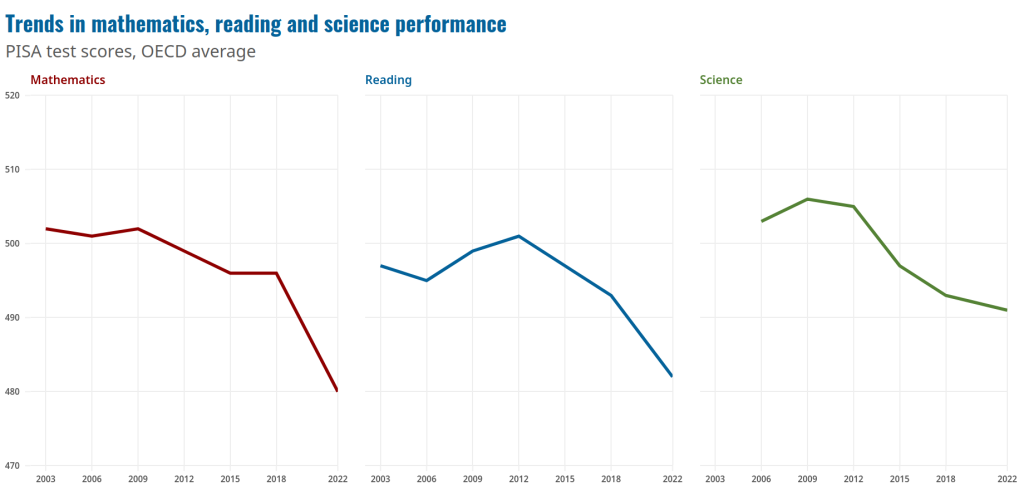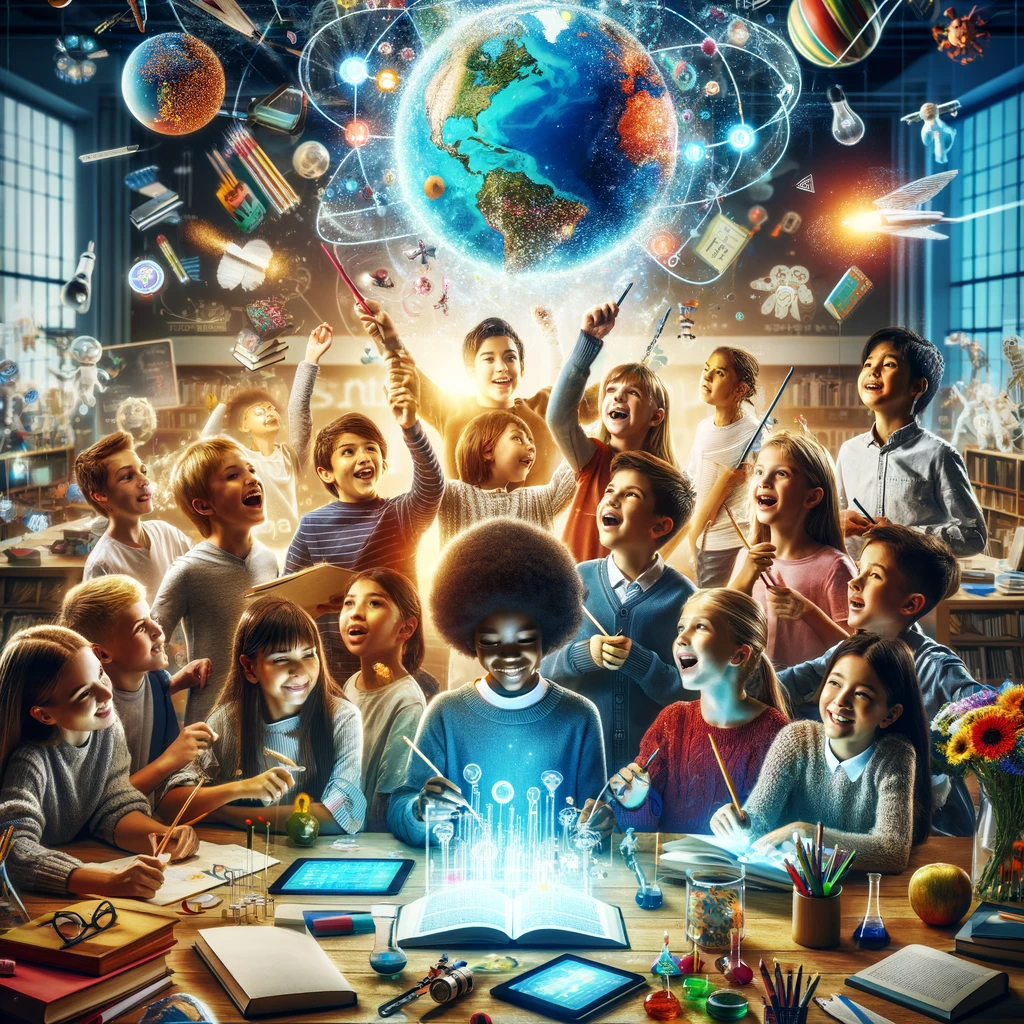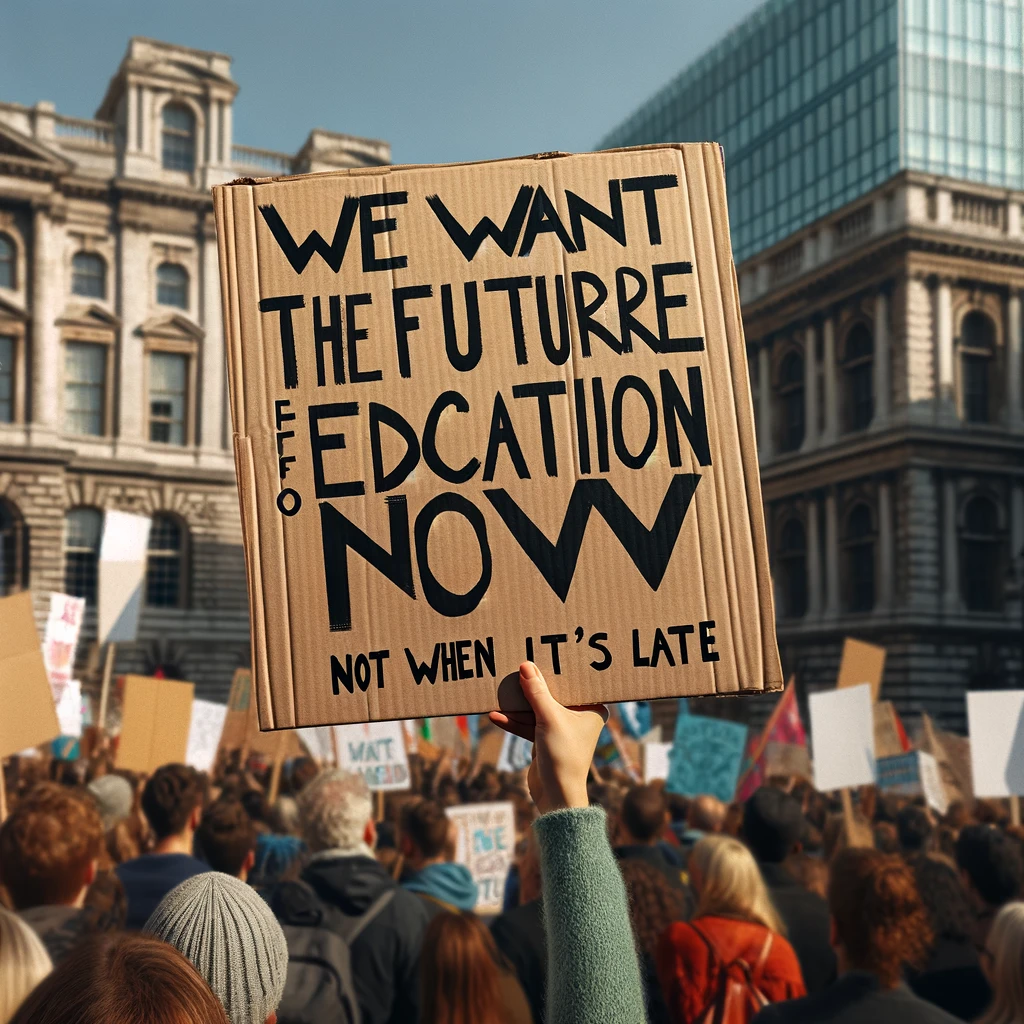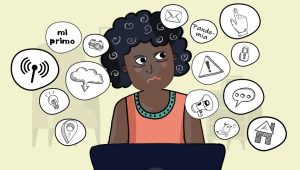Europe’s policy makers responsible for education are alarmed. The PISA study, a benchmark for evaluating educational systems, has recently unveiled a troubling trend: a significant drop in student performance. However, in a time where technology dictates the pace of progress, artificial intelligence (AI) emerges as a potential solution. The PISA study results suggest that the traditional approaches in education are no longer sufficient in addressing the challenges of the modern world. Critics often argue that AI, by automating the process of solving cognitive tasks, could potentially make us less educated, fostering a dependency on technology for answers previously obtained through rigorous learning. This fear mirrors the apprehensions once held about the introduction of calculators, which were thought to diminish students’ mathematical abilities.
However, this perspective fails to account for the transformative potential of AI in reversing these declining trends. The debate around AI in education is reminiscent of concerns surrounding the calculator’s introduction, which ultimately proved to be unfounded. Instead of eroding mathematical skills, calculators enhanced our ability to tackle complex problems more efficiently. Similarly, AI offers a multitude of advantages that, if harnessed correctly, can significantly improve educational outcomes. It’s not the presence of AI in our lives but how we utilize this technology that will determine its impact on education. By embracing AI as a tool for innovation rather than a crutch, we can address the root causes of the decline in student performance, making education more accessible, personalized, and effective for all.

Reducing Inequality
One of the most compelling arguments for AI in education is its potential to democratize learning. Traditional educational models often reflect the inequalities of society, where access to quality education is skewed by geographical, economic, and social factors. AI has the potential to level the playing field. With AI-driven platforms, students from various backgrounds can have access to the same high-quality teaching, independent of the limitations of their local schools or the capabilities of their teachers. This technology can adapt to multiple languages, offering non-native students better opportunities to learn in their preferred language, thus breaking down another barrier to education. The concern that AI might be inaccessible in areas lacking infrastructure is mitigated by its relative ease of deployment compared to traditional educational resources. Online platforms and digital tools powered by AI can reach remote areas, where bringing in skilled educators or building facilities may be impractical. While not a universal solution, AI stands as a more accessible alternative that could help equalize academic capabilities across different demographics, making education more inclusive. In the mission to reduce inequality in education, AI shines in two critical areas: improve the learning experience of students and enhancing teaching methodologies.

Enhancing Learning Experiences
The first step to reduce inequality is to enhance the individual learning experience of students. Therefore, a critical factor that influences academic success is the student-to-teacher ratio in classrooms. Picture a scenario where a class of 30 students fight for the attention of a single teacher. In such a setting, it’s all too easy for students to be overlooked. This does not only decrease motivation but also increases the skill gaps, leading to varying academic performances. Since the amount of missing teachers is expected to rise in the upcoming years, this situation will worsen, especially as the baby boomer generation enters retirement. AI could counterbalance this trend. Computers do not tire, do not demand pay raises, and are not subject to the same limitations as the human workforce. They can be scaled up or down based on demand, offering a buffer against the change in educational needs and the anticipated intensification of teacher shortages. Nonetheless, AI does not stop at just preventing the teacher shortage. The largest benefit of AI might be the enhancement of the student’s learning journey itself. By integrating AI into the learning process, we can significantly boost student engagement and participation. This is largely thanks to the personalized learning experiences that AI facilitates, ensuring that no student is overlooked. Such an approach guarantees that every learner has the opportunity to excel academically. Teachers, equipped with AI tools, can tailor their lessons to match the strengths and areas for improvement of their students, catering to each individual’s learning style. This personalization allows students the freedom to learn at their own pace, creating a more inclusive and effective educational environment. Through AI, education becomes a more engaging, adaptive, and personalized experience, laying the groundwork for every student to achieve success.

Revolutionizing Teaching Methods
The benefits of AI are not limited to students; teachers, too, can experience significant improvements in their professional lives. Classroom simulations powered by AI can offer a safe and effective environment for teachers to refine their methods. These simulations can mimic a wide range of student behaviors and learning challenges, providing teachers with valuable practice in handling diverse classroom dynamics. AI systems can also serve as a conduit for continuous professional development, keeping teachers up-to-date with the latest knowledge and teaching methodologies. Moreover, AI-based feedback systems offer a new dimension to teaching improvement. These systems can analyze classroom interactions and provide real-time or after-class feedback to teachers, offering personalized suggestions for enhancing their teaching methods. The integration of AI into teaching practices nurtures a symbiotic relationship that elevates the educational experience closer to one-on-one tutoring. This addresses the “2 Sigma problem”, a concept proposed by educational researcher Benjamin Bloom, which suggests that one-on-one tutoring can outperform group instruction by a magnitude of two standard deviations on average. AI systems emulate this personalized tutoring experience within group settings, marking a leap forward in educational efficacy. Despite fears of job displacement, the reality is that AI is more likely to augment the role of teachers rather than replace them. The essence of teaching—a complex interplay of empathy, understanding, and inspiration—cannot be replicated by machines. Instead, AI will serve as a powerful tool that enhances the educational process, freeing teachers from administrative burdens and allowing them to focus on the art of teaching.

The Future of Education
As we begin to grasp that a new era in education is starting, it is crucial to recognize that the emergence of AI in this domain is not a threat but an opportunity. By embracing AI, we can address some of the most persistent challenges in education, from reducing inequality to improving learning outcomes and teaching methods. The journey ahead requires careful navigation, ensuring that AI is used ethically and effectively, but the potential rewards are immense. Rather than fearing a decline in education levels due to our increasing reliance on technology, we should view AI as a tool to reverse this trend, heralding a future where education is more accessible, personalized, and effective than ever before. That is why we strongly recommend integrating AI into the classroom, rather than demonizing it. Society has to rapidly adapt to not lag behind the recent transformative shifts. It is imperative that policymakers act quickly to fund research to develop AI technologies tailored for use in the classroom, so that AI tools can help every student to shine individually, enabling our society to move towards a brighter, fairer and more inclusive future in education.



